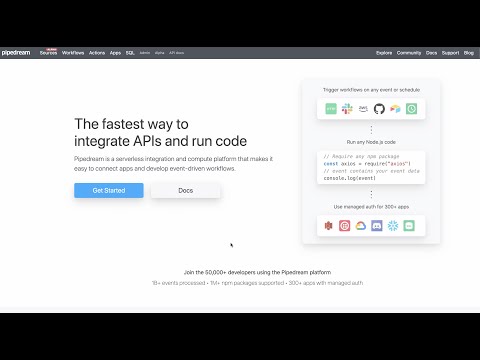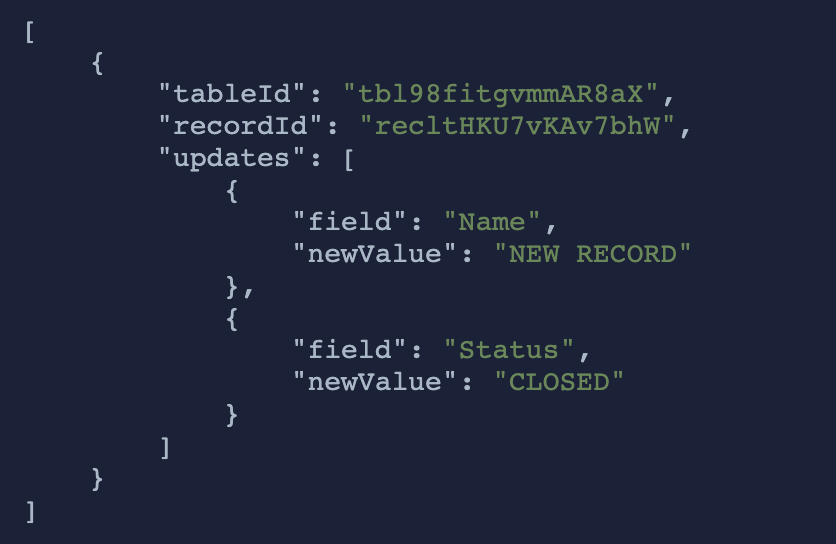What do you want to automate
with Nifty and Slack?
Prompt, edit and deploy AI agents that connect to Nifty, Slack and 2,800+ other apps in seconds.
Trusted by 1,000,000+ developers from startups to Fortune 500 companies
Popular Ways to Connect Nifty with Slack#
Popular Nifty and Slack Triggers#
Emit new event when a new message is posted to one or more channels
Emit new event when a new message is posted in a team's discussion.
Emit new event when a message was posted in a direct message channel
Popular Nifty and Slack Actions#
Assigns a specific task to a team member in Nifty. See the documentation
Send a message to a public or private channel. See the documentation
Creates a new project in a designated portfolio. See the documentation
Send a message to a user, group, private channel or public channel. See the documentation
Overview of Nifty#
The Nifty API allows for streamlined project management, facilitating task automation and data synchronization within Pipedream. By integrating with the Nifty API, you can automate workflows involving project tracking, task assignments, and progress monitoring, effectively reducing manual overhead. On Pipedream, the API's endpoints can trigger actions, respond to changes, and update records across different services, bringing cohesion to your project management ecosystem.
Connect Nifty#
import { axios } from "@pipedream/platform"
export default defineComponent({
props: {
nifty: {
type: "app",
app: "nifty",
}
},
async run({steps, $}) {
return await axios($, {
url: `https://openapi.niftypm.com/api/v2.0/users/me`,
headers: {
Authorization: `Bearer ${this.nifty.$auth.oauth_access_token}`,
"accept": `application/json`,
},
})
},
})
Overview of Slack#
The Pipedream app for Slack enables you to build event-driven workflows that interact with the Slack API. Once you authorize the app's access to your workspace, you can use Pipedream workflows to perform common Slack actions or write your own code against the Slack API.
The Pipedream app for Slack is not a typical app. You don't interact with it directly as a bot, and it doesn't add custom functionality to your workspace out of the box. It makes it easier to automate anything you'd typically use the Slack API for, using Pipedream workflows.
- Automate posting updates to your team channels
- Create a bot to answer common questions
- Integrate with your existing tools and services
- And much more!
Connect Slack#
import { axios } from "@pipedream/platform"
export default defineComponent({
props: {
slack: {
type: "app",
app: "slack",
}
},
async run({steps, $}) {
return await axios($, {
url: `https://slack.com/api/users.profile.get`,
headers: {
Authorization: `Bearer ${this.slack.$auth.oauth_access_token}`,
},
})
},
})
Related Videos#


Community Posts#
